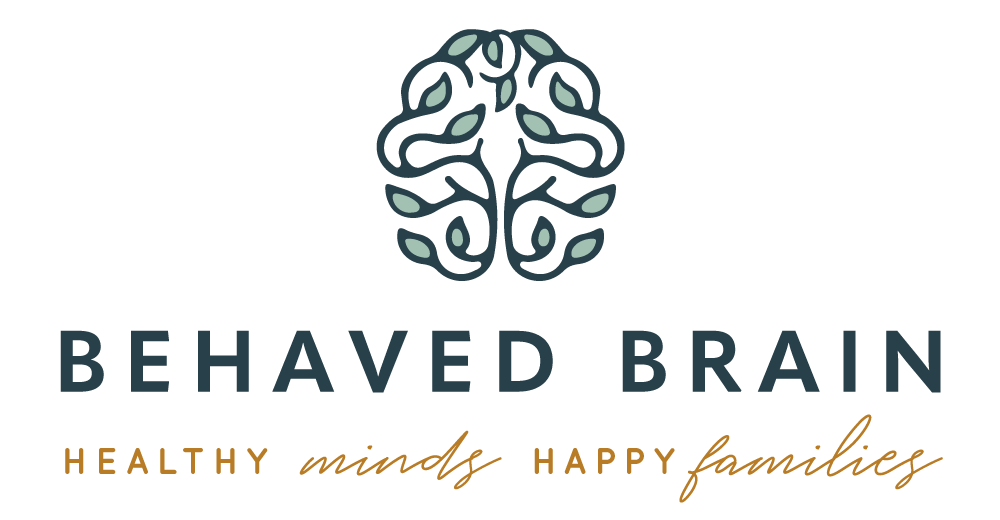So often, as parents, we are left asking ourselves, “why?” “Why does my child freak out?” “Why is my child throwing things across the room?” “Why is my child the only one at this birthday party acting out of control?”
The short answer is, our children are simply that, children. They do not have a frontal lobe or ability to plan things, see consequences and organize their thoughts the way we do. As a result, they get overwhelmed, overstimulated easily, and exposed to several stressors. They may have developed maladaptive coping skills to handle their meltdowns, tantrums, defiance, and increased arguing.
Our job is to coach them through this and teach them the best way to handle what life throws at them; however, we feel burnt out as parents, which is why our self-care is vital. We have posted about self-care before, and self-care is a thrown-about word these days. The self-care we talk about is not getting manicures or spa days, but the work you do to create a balanced brain; with a balanced brain comes to the balance to respond neutrally and not emotionally to our children.
There is a plethora of emotional or environmental triggers that our children can react to. For example, their maladaptive behaviors usually serve one of the four purposes; to avoid or get out of something they don’t want to do, get something they want, get your attention, or gain some form of sensory regulation from their environment.
Let’s pay attention; these behaviors usually look like your child doing something then looking in your direction to see if you have noticed. They often look like yelling, fighting back, or saying hurtful things like, “You are the worst parent ever.” What is super fun about this is that our children learn to say these things and get better and better at getting a reaction from us because we react. We feel the need or urge to discipline them or lecture them about respect; however, this is feeding their dopamine reaction to getting our attention, so next time, they will do the same thing, and we will have the same reaction.
Unless we change our reaction, in the heat of this moment, utilize a plan to ignore or a reverse time-out technique. Say to your child, “I will not listen to you until you can be (calm, kind, quiet, respectful.) Ignore them. This is very difficult to do, and they will up their anty, but you need to stay neutral, calm, and hold the boundary. When they are relaxed, you give them eye contact or ask them a question. This is the time when they get your attention.
However, this does not prevent or teach them what respect looks like. It is essential to teach the boundaries and praise them when they can act respectfully. Make sure that you carve out 20 minutes a day to engage your child during a conversation and after an activity. Get down to their level and show interest in them during a calm state and when everyone is grounded. Hopefully, this will prevent the attention-seeking behavior later because they don’t need to get your attention negatively; you have already given it to them.
Consider making a list of house rules and putting in rules about language and respect, and work with your children in a space they can go when they have big feelings. Giving them this option can provide them with an alternative for their anger, one that does not involve discussions with you in a negative way. Reinforce them when they use these tools, and redirect them to this space when the negative behavior comes back.
You want to make sure you are validating and paying attention to behaviors you want to see and ignoring and redirecting the less desirable behaviors. This is how coaching your child works. You need to be able to take a step back, be less emotional, and react in a balanced way. They will learn and model the balance, and you will see less emotional reactivity.







